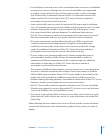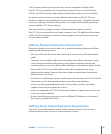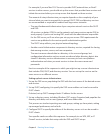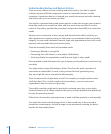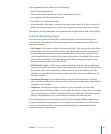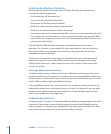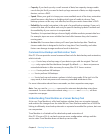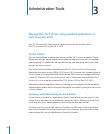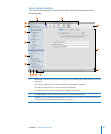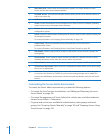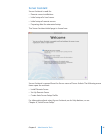
Chapter 2 Planning Server Usage 35
Consider the following questions:
How long will it take to restore data at each level of granularity? Â
For example, how long will a deleted le or email take to restore? How long will a
full hard disk image take to restore? How long would it take to return the whole
network to its state three days ago?
What process is most eective for each type of restore? Â
For example, why would you roll back the entire server for a single lost le?
How much administrator action is necessary for each type of restore? How much Â
automation must be developed to best use administrators’ time?
Under what circumstances are restores initiated? Who and what can start a restore Â
and for what reasons?
Restore practices and procedures must be tested regularly. A backup data set that
does not restore correctly cannot be considered a trustworthy backup. Backup
integrity is measured by restore delity.
Dening a Backup Verication Mechanism
You should have a strategy for regularly conducting test restorations. Some third-
party software providers support this functionality. However, if you’re using your own
backup solution, you should develop the necessary test procedures.
Other Backup Policy Considerations
Consider the following additional items for your backup policy:
Should le compression be used? If so, what kind? Â
Are there onsite and osite backups and archives? Â
Are there any special considerations for the type of data being stored? For example, Â
for Mac OS X les, can the backup utility preserve le metadata, resource forks, and
Access Control List (ACL) privileges?
Is there sensitive data, such as passwords, social security numbers, phone numbers, Â
medical records, or other legally protected information, that requires special
treatment, and that must not be backed up without understanding where the data
will ow and be stored?
Choosing Backup Media Type
Several factors help you determine what type of media to choose:
 Cost. Use cost per GB to determine what media to choose. For example, if your
storage needs are limited, you can justify higher cost per GB, but if you need a large
amount of storage, cost becomes a big factor in your decision.
One of the most cost-eective storage solutions is a hard drive RAID. It provides you
with a low cost per GB, and it doesn’t require the special handling needed by other
cost-eective storage types, such as tape drives.



